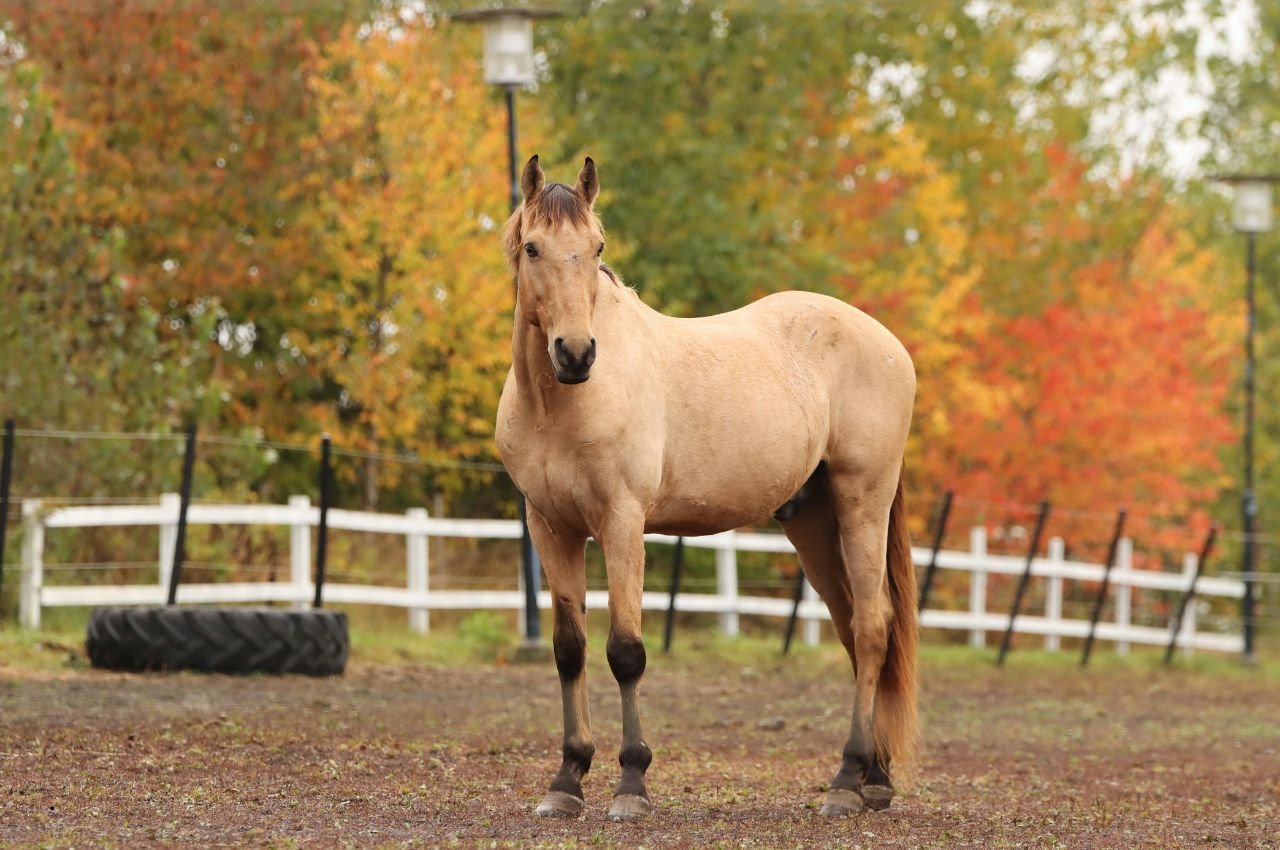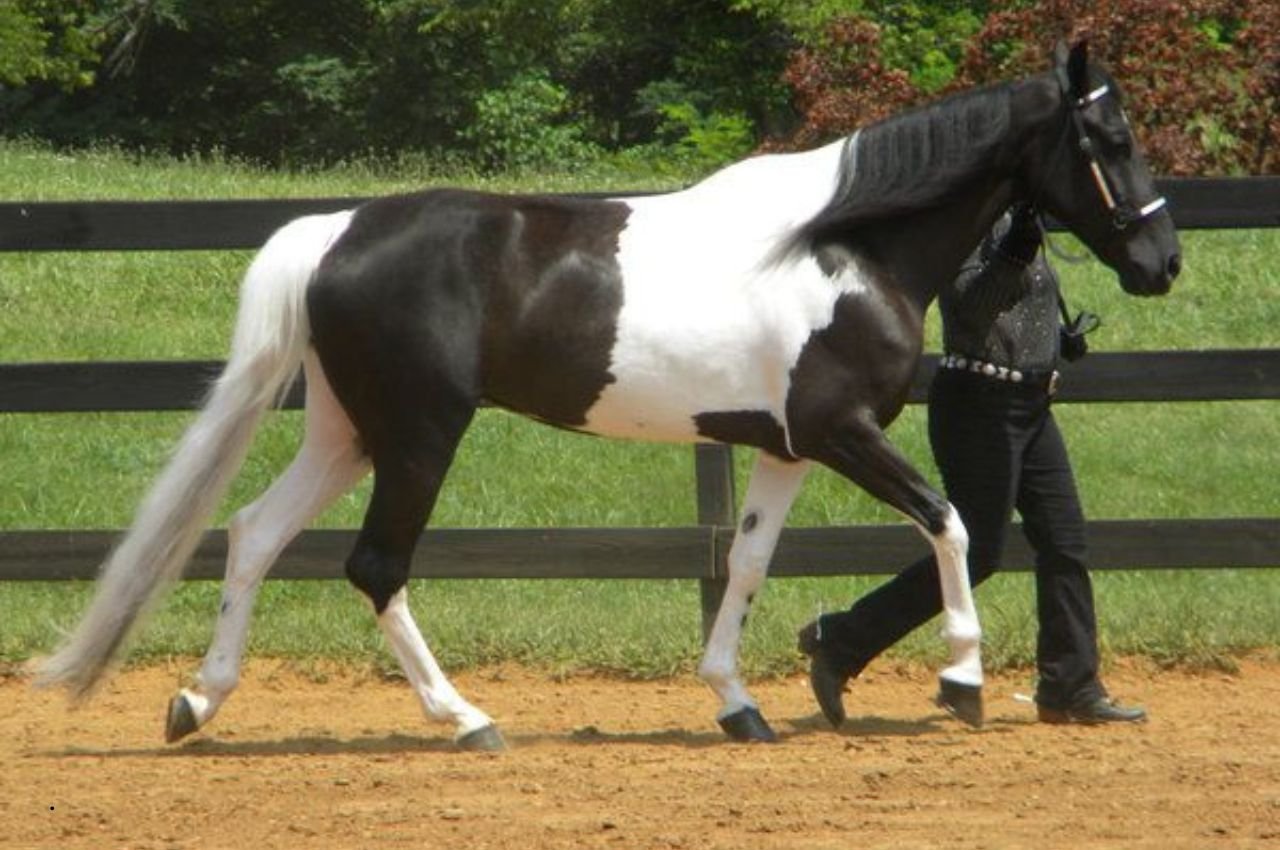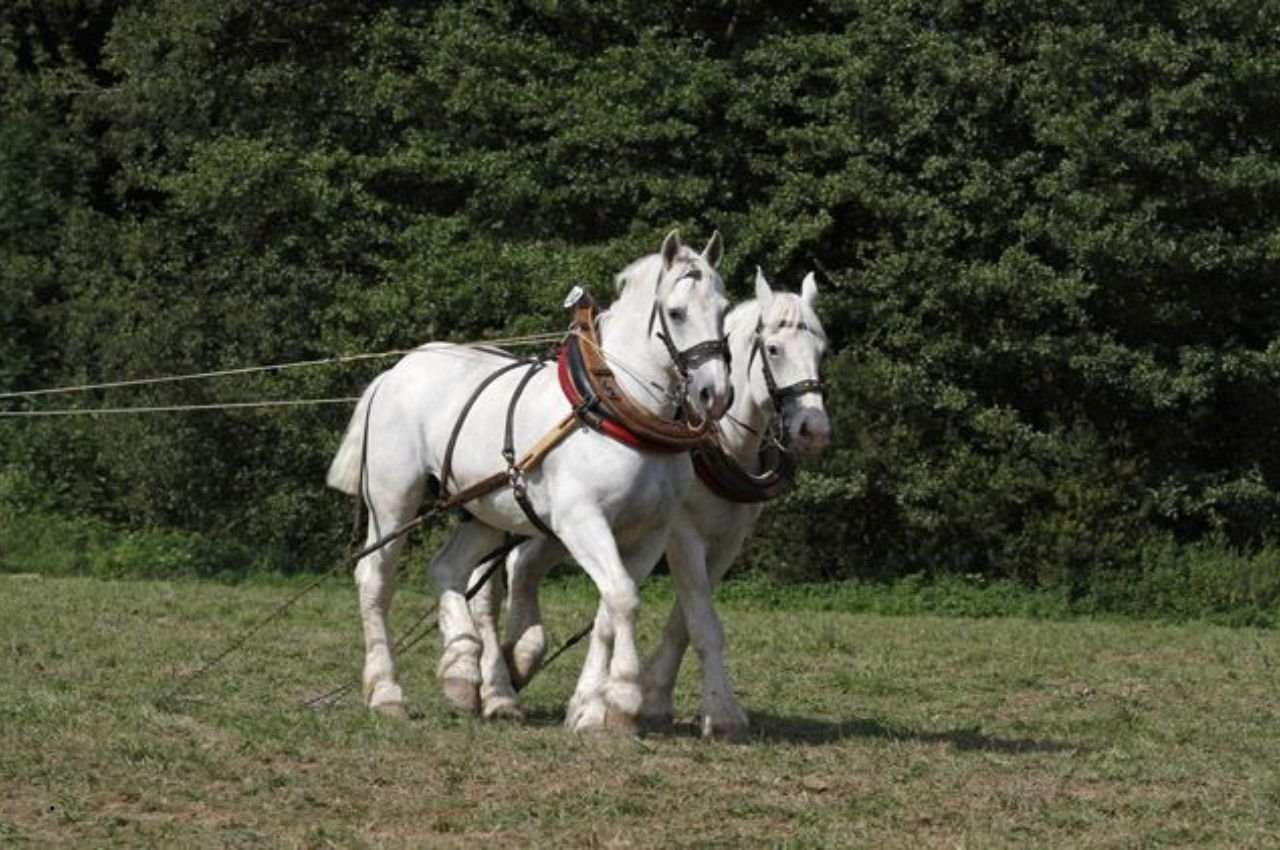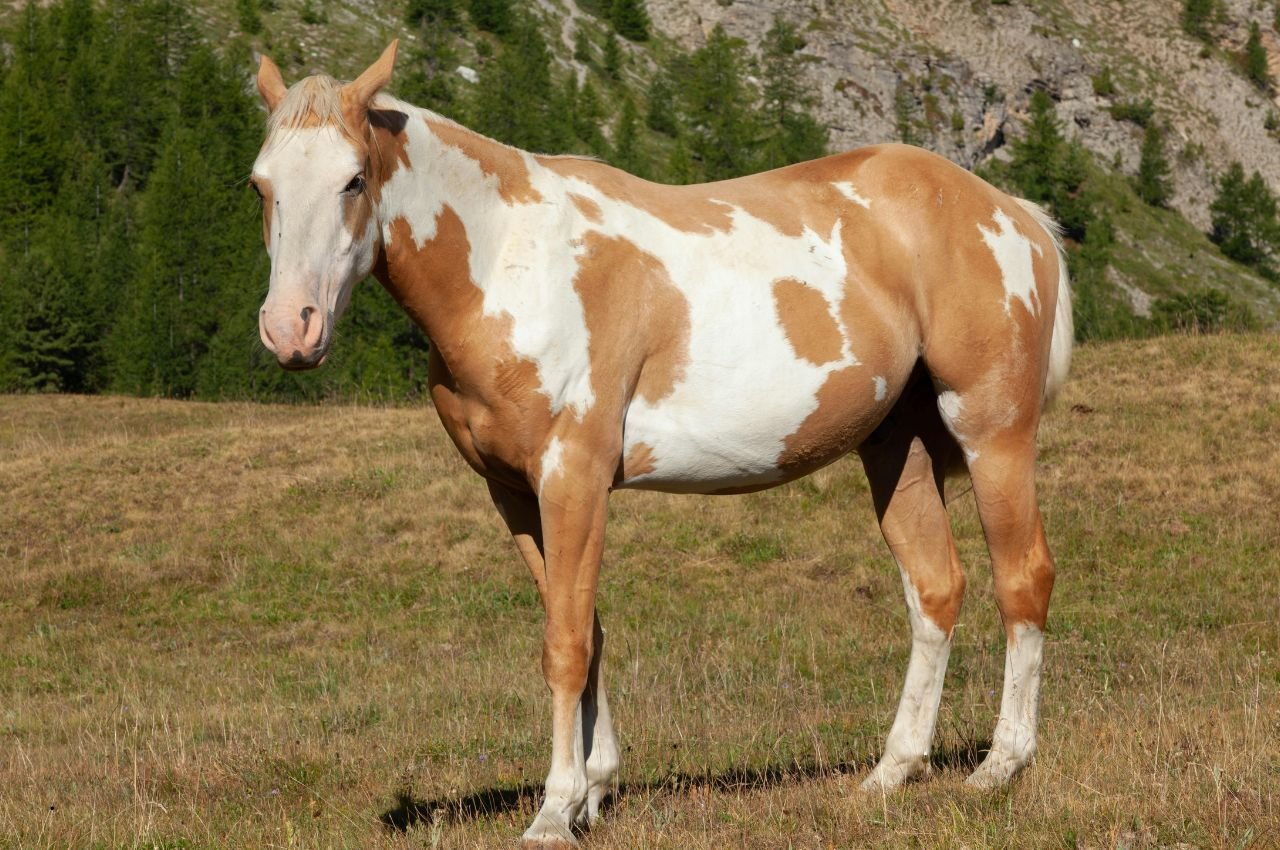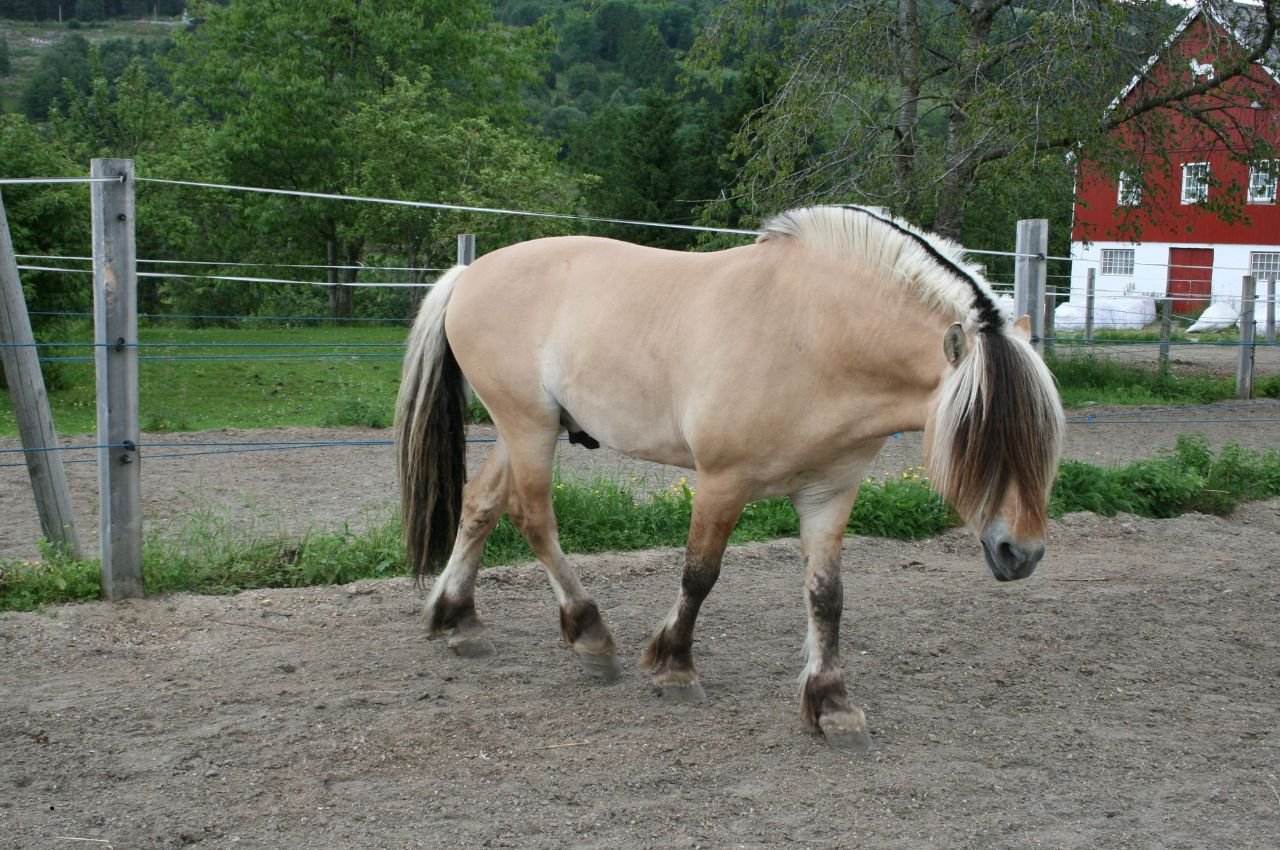Joint health is crucial for your horse’s overall well-being and longevity. Horses rely on their joints to perform daily activities such as walking, trotting, cantering, and jumping. When these joints become damaged or inflamed, it can lead to lameness, discomfort, and a decreased quality of life. Joint issues, if left untreated, can limit a horse’s movement, cause pain, and lead to long-term complications.
Fortunately, many joint problems can be prevented or managed with proper care. In this blog, we’ll cover seven essential tips to help prevent joint problems and maintain your horse’s mobility and health.
Table of Contents
1. Provide a Balanced Diet with Joint Supplements
A healthy diet is essential for maintaining strong, well-functioning joints. Nutrients such as protein, fat, vitamins, and minerals all play a significant role in supporting the structural integrity of your horse’s joints.
- Joint supplements: Consider adding joint supplements that contain glucosamine, chondroitin, MSM (methylsulfonylmethane), and hyaluronic acid. These ingredients are commonly used to support joint cartilage and reduce inflammation, promoting better joint health.
- Adequate vitamins and minerals: Ensure your horse’s diet includes an appropriate balance of calcium, phosphorus, and vitamin D. These nutrients are essential for bone health and work in tandem with joint supplements to maintain strong, healthy joints.
Always consult with your veterinarian before adding any supplements to ensure they are appropriate for your horse’s needs.
2. Maintain a Proper Exercise Routine
Regular exercise is essential for keeping your horse’s joints strong and functional. It helps to build and maintain muscle, which in turn provides stability and support to the joints. However, it’s important to balance exercise with rest to prevent overloading the joints.
- Low-impact activities: Incorporate low-impact exercises like walking and trotting, especially for older horses or horses with a history of joint issues. These activities help maintain joint mobility without putting excessive strain on the joints.
- Avoid overexertion: Overworking a horse or subjecting them to too much high-impact activity, such as excessive jumping or running, can lead to joint stress and long-term damage. Create a consistent, well-rounded exercise program that includes warm-ups, cool-downs, and rest days.
Gradually increase the intensity and duration of exercise to prevent joint overuse.
3. Monitor and Manage Horse Weight
Excess weight puts additional stress on a horse’s joints, especially in high-impact areas such as the knees, hocks, and fetlocks. Horses that are overweight are more prone to joint injuries and arthritis.
- Control caloric intake: Ensure your horse is on a well-balanced diet with portion control. Reduce high-calorie feeds like grains or sugary treats to help maintain a healthy weight.
- Exercise for weight management: Regular exercise helps maintain your horse’s ideal weight by burning excess calories and promoting muscle development.
If your horse is overweight, gradual weight loss is key to prevent putting undue pressure on their joints.
4. Provide Proper Hoof Care
The hooves are closely connected to joint health, and poor hoof care can lead to lameness and joint issues. Horses with poorly maintained hooves may develop joint stress due to imbalances in their gait and posture.
- Regular farrier visits: Ensure your horse is seen by a farrier regularly to maintain healthy hooves and correct any issues such as improper shoeing, cracks, or uneven wear.
- Proper trimming: Ensure that your horse’s hooves are trimmed at the correct angle to support their natural posture and gait. Poor hoof alignment can cause joint strain and lead to lameness.
Proper hoof care reduces the strain on joints and helps maintain optimal movement and balance.
5. Provide Soft, Level Surfaces for Movement
The surface on which your horse exercises plays a significant role in joint health. Hard, uneven, or rocky surfaces can increase the risk of joint damage or aggravate pre-existing joint issues.
- Level footing: Ensure that your horse’s exercise area has level, soft footing to minimize the impact on their joints. Ideally, riding or working on arenas with soft dirt or grass can reduce the strain on the horse’s joints.
- Avoid hard surfaces: If you need to work on harder surfaces, such as asphalt or concrete, try to limit the duration of high-impact exercise on these surfaces to prevent joint damage.
By providing soft, well-maintained surfaces, you reduce the risk of joint stress and minimize the impact on your horse’s joints.
6. Warm-Up and Cool Down Properly
Proper warm-ups and cool-downs are essential for maintaining joint health, especially during periods of intense exercise. Cold muscles and joints are more prone to injury, while overexertion without adequate cooling down can lead to stiffness and joint problems.
- Warm-up: Always begin with a gentle walk or slow trot to get your horse’s muscles and joints moving before you engage in more intense exercise. This helps increase blood flow and flexibility, reducing the risk of joint injury.
- Cool down: After intense exercise, take time for a slow walk to allow your horse’s muscles and joints to cool down gradually. This helps prevent stiffness and reduces the risk of strain or injury.
By incorporating proper warm-ups and cool-downs into your exercise routine, you promote joint flexibility and reduce the likelihood of injury.
7. Regular Veterinary Check-Ups
Regular veterinary check-ups are crucial for detecting joint issues early on and preventing them from becoming serious problems. Your vet can perform joint evaluations, including X-rays, to assess your horse’s joint health and recommend treatments or preventative measures.
- Joint health screenings: Regular joint health screenings can help detect early signs of arthritis, wear and tear, or other joint conditions before they develop into lameness.
- Preventative treatments: Your vet may suggest treatments such as joint injections, physical therapy, or prescription medications to support joint health, particularly in older horses or those prone to joint issues.
Early detection and preventative care can help maintain your horse’s joint health and mobility for years to come.
Conclusion
Maintaining healthy joints is key to ensuring that your horse can live an active, pain-free life. By following these seven tips—providing a balanced diet with supplements, managing weight, offering regular exercise, caring for hooves, providing soft surfaces, warming up and cooling down properly, and scheduling regular vet check-ups—you can help prevent joint problems and lameness in your horse. Taking proactive steps to protect your horse’s joints will keep them moving smoothly, minimizing pain and discomfort as they continue to thrive in their daily activities.
FAQs
How can I prevent joint problems in my horse?
Prevent joint problems by providing a balanced diet with joint supplements, maintaining a regular exercise routine, managing weight, offering proper hoof care, and ensuring soft, level surfaces for movement.
What are the signs that my horse may have joint problems?
Signs of joint issues include lameness, stiffness, reluctance to move, swelling around joints, and changes in gait. If you notice any of these symptoms, contact your veterinarian for an evaluation.
How often should I take my horse for veterinary check-ups?
It’s important to schedule regular veterinary check-ups, at least once a year. If your horse is older or has a history of joint issues, more frequent visits may be necessary.
Can joint supplements help prevent lameness in horses?
Joint supplements containing glucosamine, chondroitin, and MSM can help support cartilage health and reduce inflammation, thus preventing joint issues and reducing the risk of lameness.
What exercises are best for maintaining joint health in horses?
Low-impact exercises such as walking, trotting, and light cantering are great for maintaining joint health. These exercises help build muscle strength and joint flexibility without putting excessive strain on the joints.


